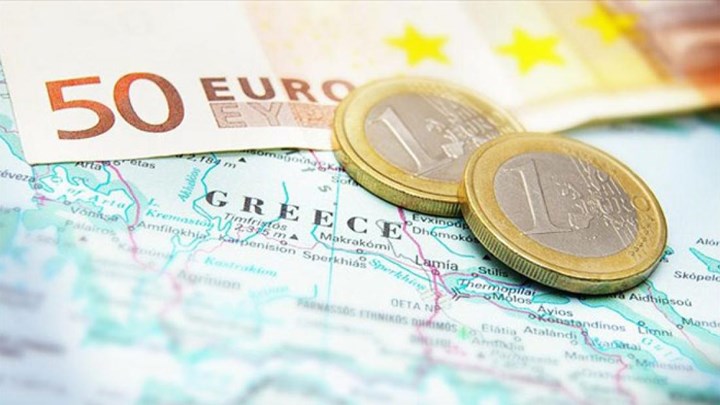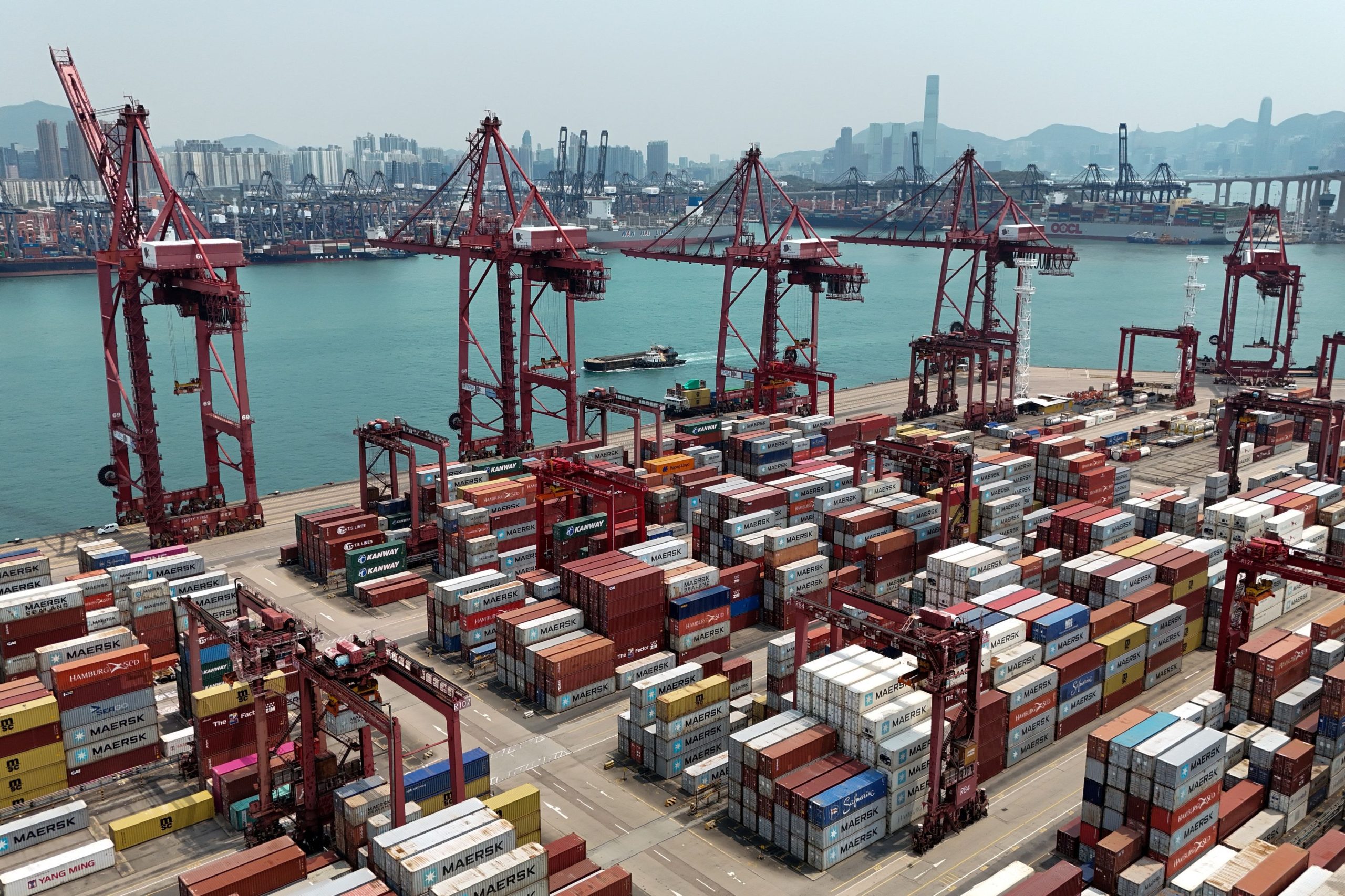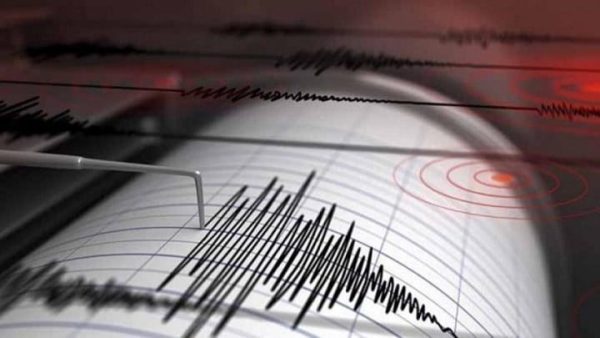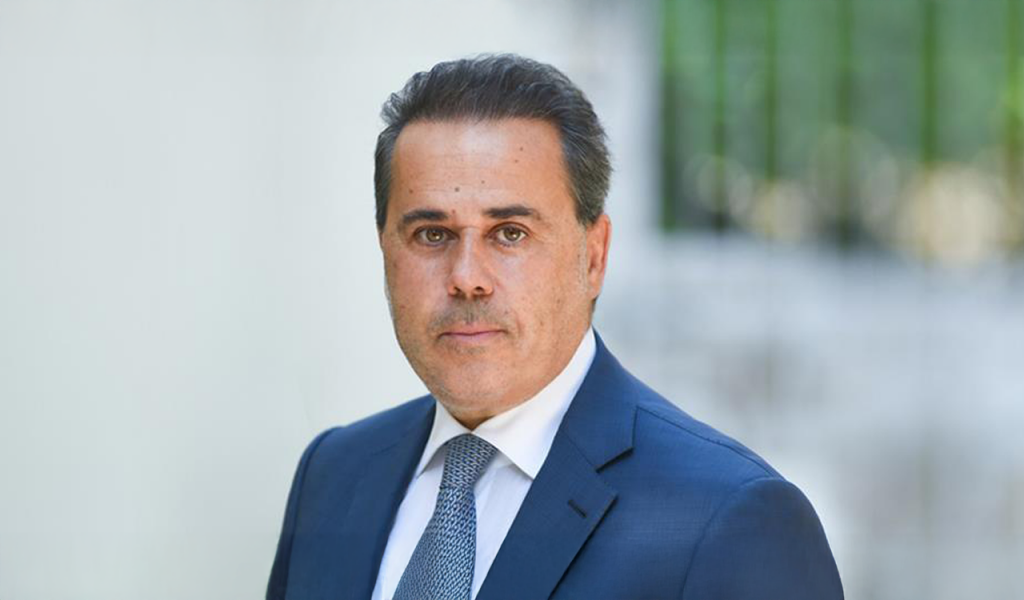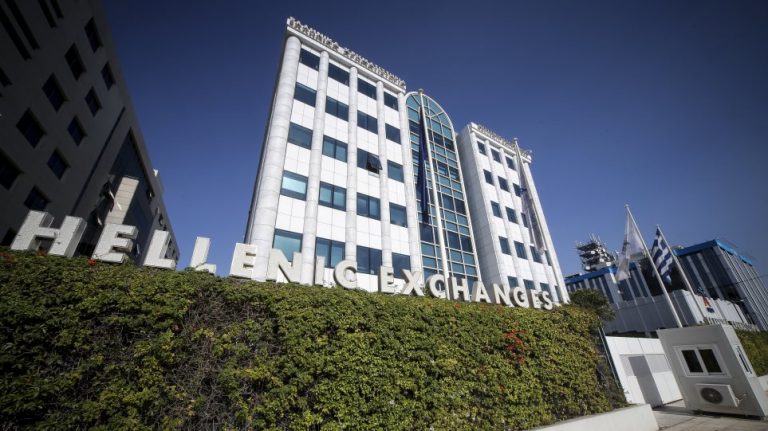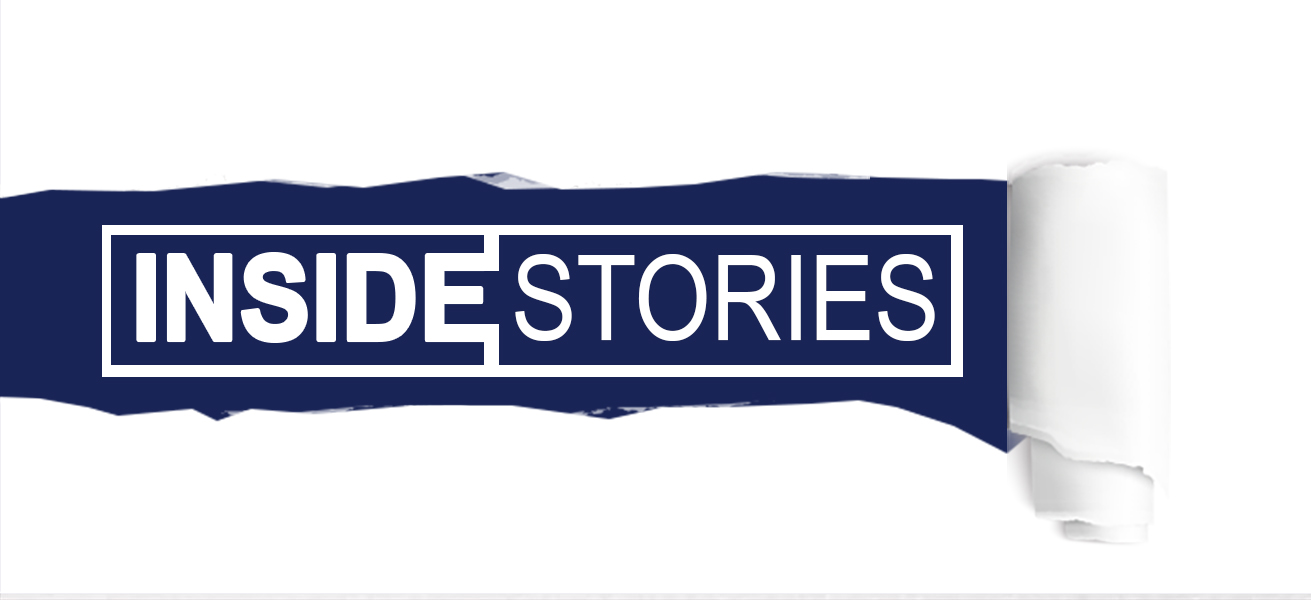Energy is at the heart of almost every major challenge and opportunity the world faces today. Ensuring access to affordable, reliable, sustainable, and modern energy for all sectors (work, security, transport, etc.) is critical.
The shipping sector that serves most of the world trade and transport, adapts to the guidelines and regulations of international organizations, such as the International Maritime Organization (IMO) and the European Commission (EC) especially those aiming at reducing air pollution with the use of alternative fuels. Thus, all ships are modified so as to comply with current requirements. In most cases, the solutions for environmentally friendly vessels consist in their extensive electrification, either by targeting a more cost-effective operation or by electrifying the propulsion system.
Electrical interconnection and infrastructure
Ports as reception, service, and supply areas of ships play a key role towards the reduction of vessel air emissions, but benefit, also, from their reduced environmental footprint. One of the most efficient interventions is the electrical interconnection of ships at berth, via appropriate electrical equipment, so that vessels completely shut down their engines (even generators) in order not to produce air pollutants or noise during port stay.
The idea of the ship electrical interconnection, which in the international terminology is referred to as Ship-to-Shore Interconnection, Onshore Power Supply (OPS), Alternative Maritime Power or as cold ironing[1] is not new but dates back to the late 19th century. However, nowadays it has returned as a means for a drastic pollution reduction in ports, since onshore electricity is now produced mainly via environmental-friendly ways (for example Renewable Energy Sources). The implementation of OPS requires special electromechanical equipment that includes the following:
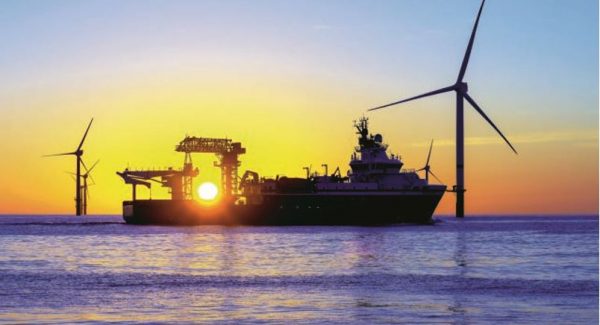
In most cases, the solutions for more environmentally friendly vessels consist in their extensive electrification, either by targeting a more cost-effective operation or even by electrifying the propulsion system
• Ship interconnection subsystem with a suitable electrical switchboard connected to the main bus-bars of the ship so that the electrical interconnection provides electricity to all ship electrical equipment operating while at berth. The power supply must be supervised, monitored, and controlled by the ship energy management system.
• Power supply infrastructure from the electricity grid of the port which also includes:
o Voltage transformer (to match the operating voltages of the port and ship electrical grids)
o Frequency converter (for consistent adjustment of the operating frequencies of the two electrical grids, if they differ)
o Cable management subsystem (for the implementation of OPS via adjustable length cable, sockets as well as suitable switching gear)
However, the energy challenges that a port has to face do not stop at the power supply to ships, since an optimized energy management system is required for a number of energy-intensive equipment located within the port activity areas, such as:
• Cranes used for cargo handling (Loading and unloading)
• Reefer containers
• Electric vehicles (cars, lifts, trucks, and buses) for transporting passengers and goods within the port area that also require charging• High luminance lighting system
On the other hand, following the development towards decarbonisation, ports could develop at least at a small scale:
• Green energy production systems from renewable sources such as
o Hydrogen production units
o Photovoltaic panels mounted on roofs or fronts of buildings, in car parks, in available port areas
o Small scale wind turbines, e.g., on light poles, etc.
• Energy storage units where energy will be stored when supplied at a low price from the same energy production sources as mentioned above and will supply ships using ship-to-shore interconnection or ships with batteries that will have to be recharged without using the main electricity network during peak hours, etc.
In this context, ports could become not only transport, but also energy hubs serving the multiple goals of high-level shipping services with a low environmental footprint in accordance with the requirements of international organizations, as well as offering efficient energy management towards the electrification of the maritime sector and the extensive use of renewable energy sources. Thus, ports can contribute to the development of the country’s Shipping, Tourism, Energy, and Environment sectors.
Recognizing the importance of port energy upgrade, the European Commission is funding these actions through a range of tools in both research and development programs. Thus, in Greece, the first pilot application of Ship-to-Shore Interconnection took place in the port of Kyllini in the frame of the Action Electrification of Eastern Mediterranean Corridor-ELEMED, co-financed by the Connecting Europe Facility (CEF – managing authority CINEA) of the European Commission. ELEMED set the framework and the basic application parameters and highlighted certain problems that may arise during OPS operation. Within the Action framework, a short-sea shipping vessel using electric propulsion and powered by batteries was also designed.
The aforementioned holistic approach to energy upgrade of all types of ports has been developed by the PROTEUS team consisting of experts from all related engineering disciplines (electrical, marine, mechanical, transport, civil engineers). PROTEUS was the result of the cooperation of the Maritime Transport Laboratory of the School of Naval Architecture and Marine Engineering of the National Technical University of Athens, Protasis Engineering and Consulting S.A., Hydrus Engineering Ltd, and Gates Ltd. In Greece with over 150 ports, five (5) of which core ports, 20 comprehensive ports of the Trans-European Transport Network (TEN-T) there is strong interest in the implementation of this action plan.
Technology of ‘smart’ micro-grids
In addition to OPS, in the subsequent stages of the action plan, ports will incorporate smart micro-grid technology with self-producing capabilities (photovoltaic panels in the roofs of parking spaces, or roofs and fronts of buildings but also small vertical-axis wind turbines), storage and supply of green electricity to ships and other large consumers (refrigerators-reefers, cranes, LED lighting, charging stations for electric vehicles, etc.), two-way electricity flow and storage smoothing energy demand via peak shaving using central monitoring and management of energy needs by a modern Electricity Management Center, charging stations for travellers’ electric vehicles, etc.
The PROTEUS plan is currently being showcased in the ports of Igoumenitsa, Piraeus, and Rafina in cooperation with the Port Authorities and the Hellenic Distribution Network Operator (HEDNO), co-financed by the CEF mechanism. More specifically, the Action ALFION – Alternative Fuel Implementation in IgOumenitsa Port aims at the development of the final studies for the energy upgrade of the Igoumenitsa port expected to be completed by November 2022, the Action EALING-European flagship Action for coLdironING in ports aims at the development of the final studies for the power supply to vessels in the ports of Piraeus and Rafina and the Action CI-PORT – Cold Ironing in the Port of Piraeus: Taking the Final Step for the OPS to cruise ships (all co-financed by the CEF mechanism).
On the other hand, in the context of improving the environmental footprint of ships, a series of actions are implemented focusing on the ships themselves, such as:
• Electric propulsion
• Utilization of electricity storage units (e.g. batteries)
• Utilization of shaft generator systems
• Installation of Variable Frequency Drives (VFD’s)
• Small-scale production from renewable energy sources in combination with energy storage
• Other electricity related solutions
Electrification of vessels and challenges
Due to significant limitations of the current technology (storage capacity per unit volume and weight) of batteries, electric propulsion is a tempting solution for short ferry connections. It is well-known that in Greece there exists an extensive network of short-route ferries lines that connect the mainland with the islands. Valid feasibility studies have shown that it is possible to develop a retrofit plan for such ferries so that they become electrically operated or use hybrid propulsion to be recharged in ports either during loading and unloading or during longer stays. Current state-of-the-art technology offers a variety of electrification solutions using high-performance electric motors (e.g., new permanent magnet motors), power electronic converters (DC to AC and vice versa), as well as rechargeable storage batteries (lithium ion) and super-capacitors cooperating with fast charging devices and intelligent energy management systems. In this case, ports host the required equipment for serving the electric “battery ships” concerned. The framework for the support of short-route electric ships with battery technology has already been successfully implemented in northern European countries, while in Greece, the Ministry of Maritime Affairs and Insular Policy has already almost finalised the Presidential Decree for battery ship safety rules, since investors have already expressed their interest.
Finally, a series of solutions is required to address the new challenges raised under the “Green Deal” and the package of directions “Fit-for-55%” which is briefly presented below.
According to the directives on the implementation of alternative fuels (including electricity), the ship-to-shore interconnection of ships will become mandatory for (at least 90% of) the following types of ships:
• Container ships
• Passenger ships
• Ro-pax ferries
• Hi-speed ferries
• Cruise ships
Furthermore, according to the Emissions Trading Scheme Directive, the same system will be used in the shipping industry starting from 2023. The penalties imposed on polluting vessels (i.e., ships operating on conventional fuels) will be increasing every two years until 2030. These penalties intend to act as a motivation to ship-owners so that they invest in more environmentally friendly ships (newbuildings or modification/retrofitting of existing ones). In addition, instead of the cold ironing technology, vessels can be alternatively powered by the following sources of (electrical) energy:
• Fuel cells
• Renewable Energy Sources (RES)
• Batteries
Moreover, according to the draft of the Energy Taxation Directive (which has significant changes in relation to the current Directive), various tax relief measures are proposed for alternative fuels and in particular for the maritime electricity for which there is a provision for a 10-year tax exemption.
Initiatives by the PROTEUS team
Regarding the above, the PROTEUS team has undertaken a series of initiatives that places Greece as an international leader in the energy upgrade of ports and ships through electrification as well as in the area of the regulatory framework. More specifically:
• In cooperation with the Regulatory Authority of Greece, the electric energy demands of the country’s core and comprehensive port network have been assessed
• In cooperation with HEDNO, the port energy demands for the next five years have been integrated in the Network Development Plan. This acts as complementary to the work of HEDNO in their effort to support the electrification of road transport, while it is in synergy with the “Ports 2.0” initiative of Eurelectric (HEDNO is member) and Det Norske Veritas (DNV) for the transformation of ports into energy hubs.
• In cooperation with several services of the European Commission (DGMOVE, DGENER, EMSA), the preparation of a roadmap for the rationalised development of the electricity networks has started, so as to assist the inclusion of the operational framework of ports and ships in the (liberalised) Electricity Market.
• In cooperation with ferry ship owners, the team explores ways of retrofit so that their ships can accommodate ship-to-shore interconnection equipment in accordance with the international regulations.
• In cooperation with potential investors, a network of alternative solutions for newbuilding short-connection vessels with electric propulsion and use of electricity energy sources has been developed able to meet complex port requirements.
The implementation of an energy upgrade plan is now considered a priority for ports and, thus, the latter are actively planning their next steps. In this context, a series of actions and work meetings have been organised, while HEDNO, as the responsible entity to support electricity infrastructure, has scheduled an informative event in the frame of the Posidonia Exhibition on 9/6/2022.
_______________________________________
[1] (due to the reduction of the external temperature of the steel hull due to the shutdown of the thermal engines – formerly steam turbines and more recently Internal Combustion Engines)
Dimitrios V. Lyridis, Assoc. Prof., Director of the Laboratory for Maritime Transport

Ioannis Prousalidis, Prof., Director of the Laboratory of Marine Engineering School of Naval Architecture & Marine Engineering, NATIONAL TECHNICAL UNIVERSITY OF ATHENS



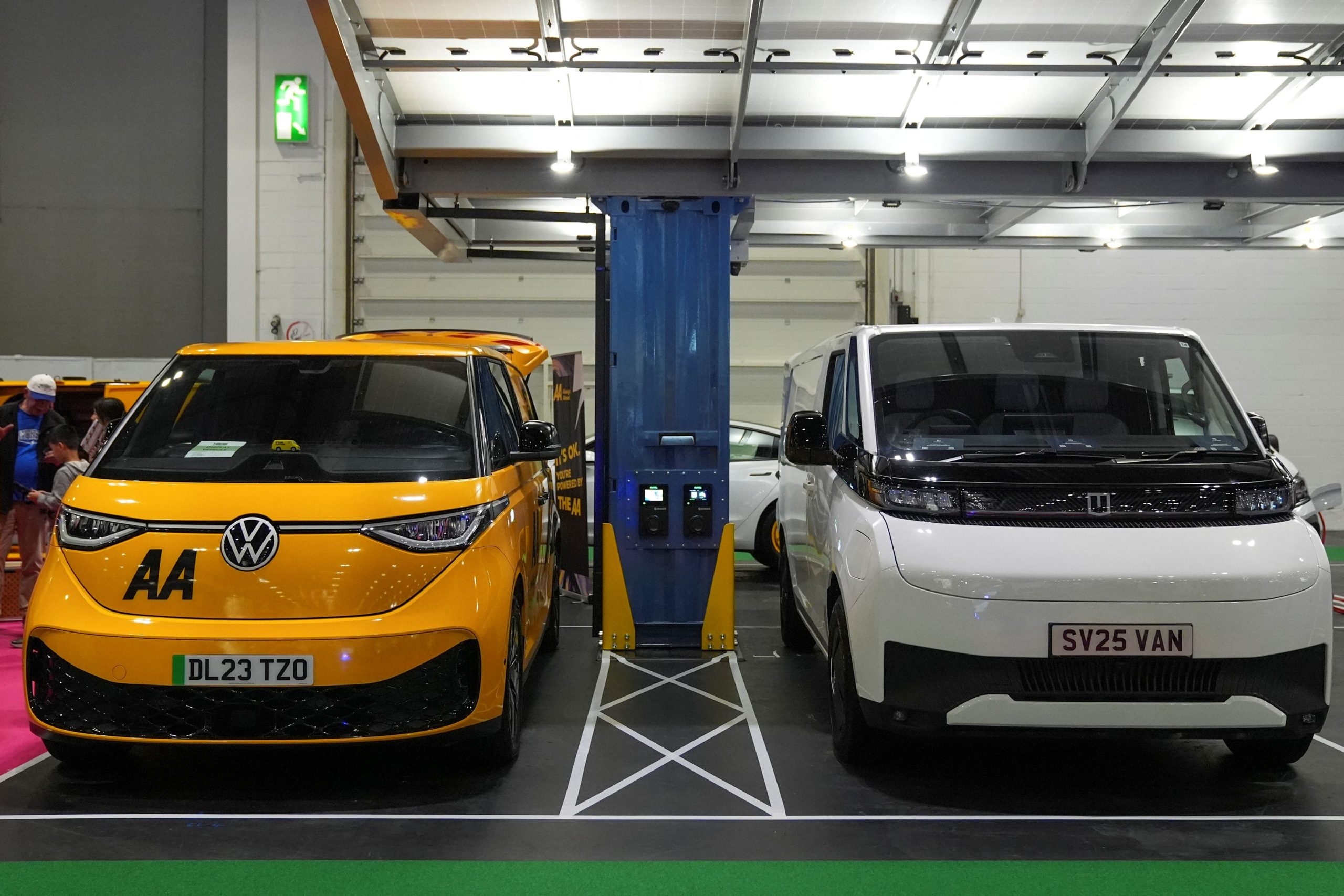



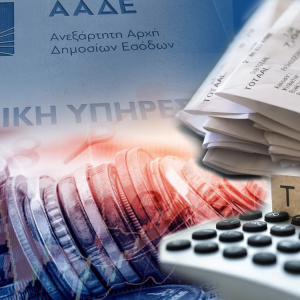
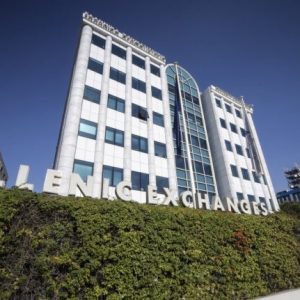


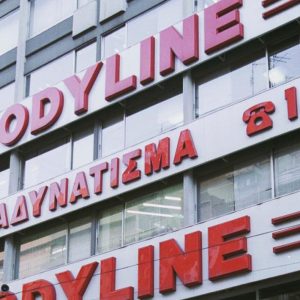
![Οι αλλαγές που υπάρχουν στα φορολογικά έντυπα για τα εισοδήματα του φορολογικού έτους 2024 από ακίνητα [Γ’ Μέρος]](https://www.ot.gr/wp-content/uploads/2025/03/akinita.jpeg)
